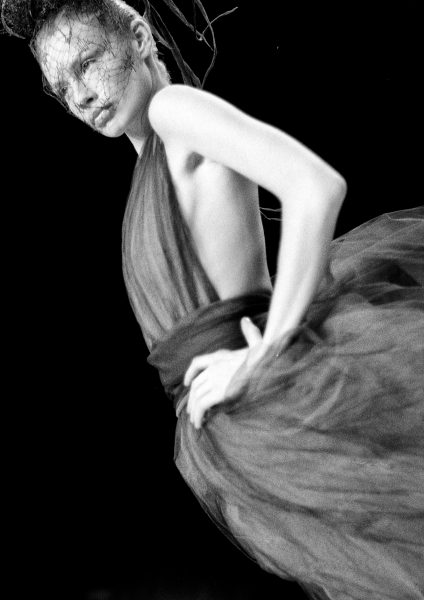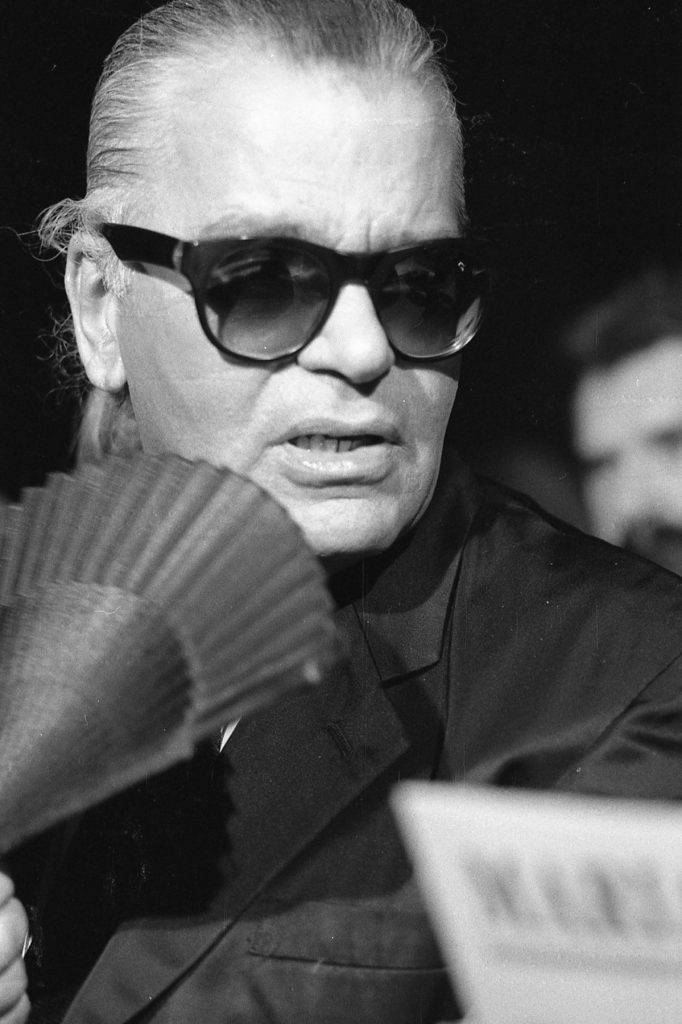KARL IN PASARELA CIBELES
English / Español
Fast forward to Pasarela Cibeles in September 1993, the year that Karl Lagerfeld sat on the front row with his signature fan, and famously stated: “I am more interested in the fashion seen off the runway.”
In fall 93 Pasarela Cibeles was going strong, and a new generation of young Spanish designers such as Agatha Ruiz de la Prada, Sybilla, Devota & Lomba, Duyos Paniagua, Roberto Torretta, Angel Schlesser, Isabel Berz, Maria Guardione, among others, had joined the official runway, which by now lasted three days and boasted 12 fashion shows.
That season I held a photographic exhibit at the official venue of Pasarela Cibeles and had the wonderful opportunity to show it to Mr. Lagerfeld. We discussed key photographers for both of us, Andre Kertesz, Julia Margaret Cameron and Spanish social photographer Cristina García Rodero were mentioned, and he demonstrated his awesome cultural knowledge and his intellectual approach to photography and fashion as artistic concepts.
During his visit to Pasarela Cibeles, Karl Lagerfeld sat on the front row of two fashion shows, Jesús del Pozo and Maria Guardione, and he notoriously stated when asked by the Spanish press what he thought of the fashion trends seen on the madrileño pasarela.
I am more interested in the fashion seen off the runway”
Karl Lagerfeld , Pasarela Cibeles, Madrid. 1993.
He was making a reference to the young designer duo, Miriam Cobo and Carolina Azcona, a.k.a Vacas Flacas, who made really fun garments with disused, knickers, socks, ties, paper bags, kitchen cloths, and wore their own designs strongly committed to recycling, promoting an ecological fashion mindset.
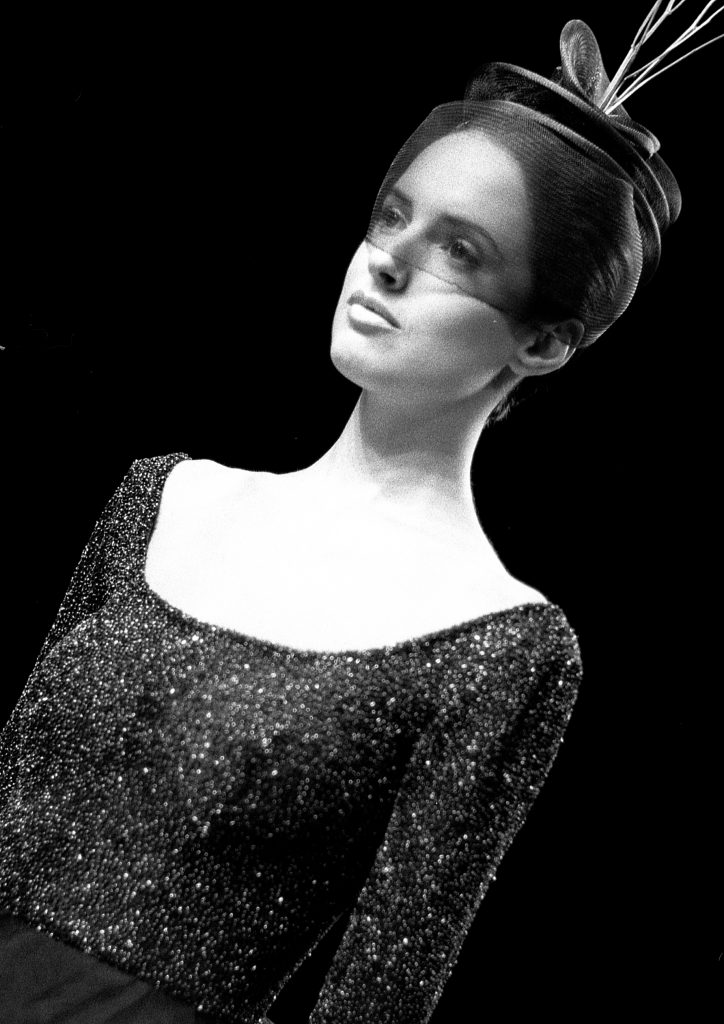
Jesús del Pozo Pasarela Cibeles Septiembre 1993 
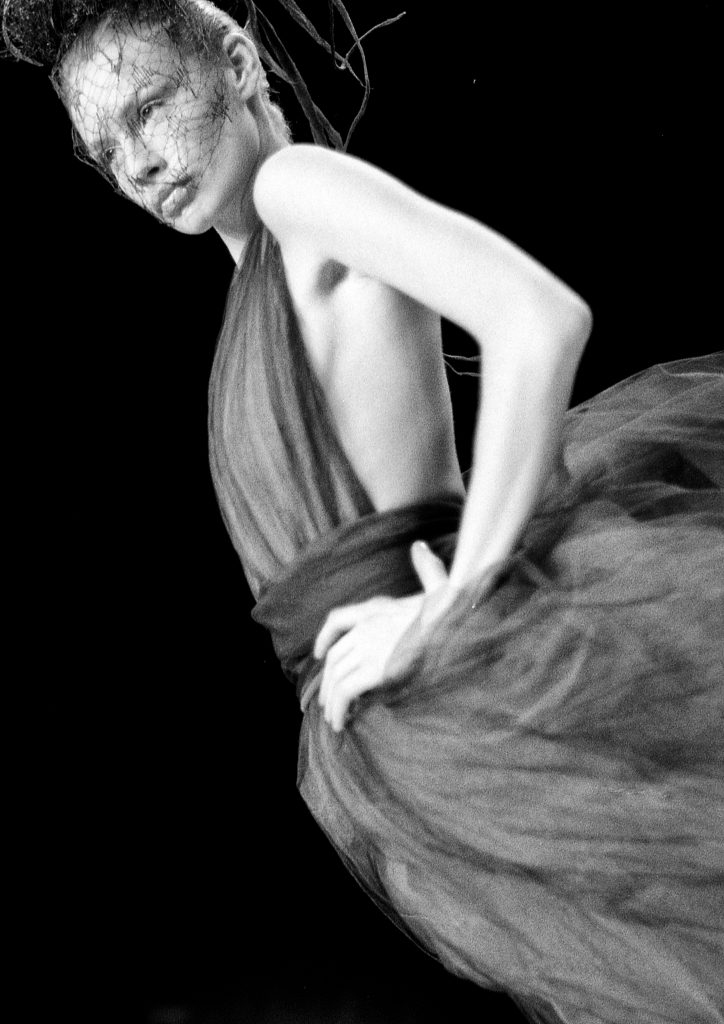
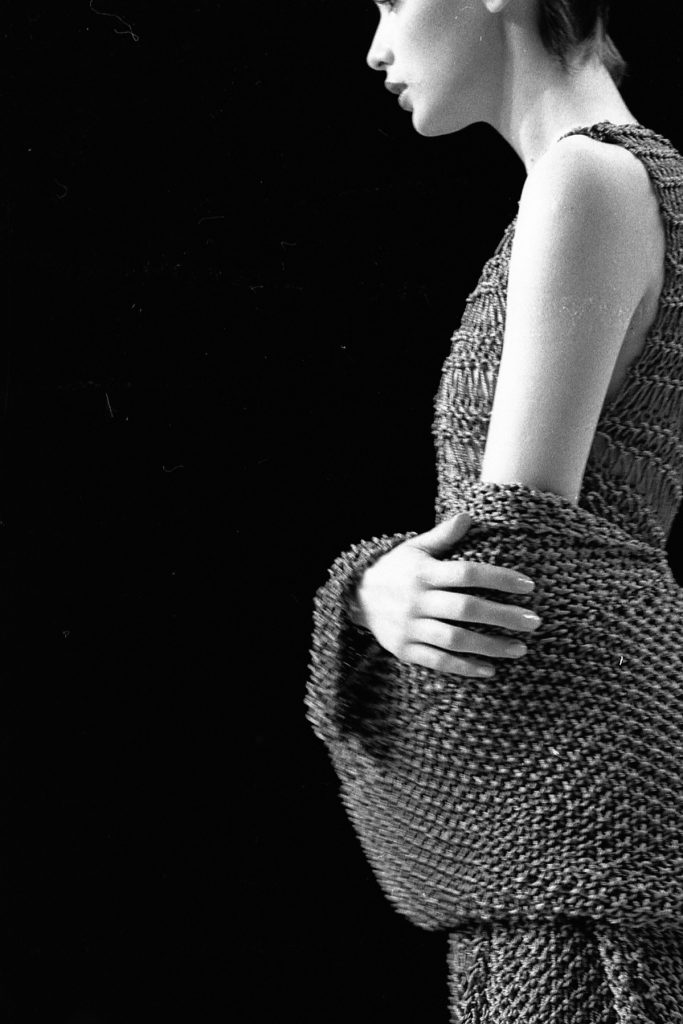
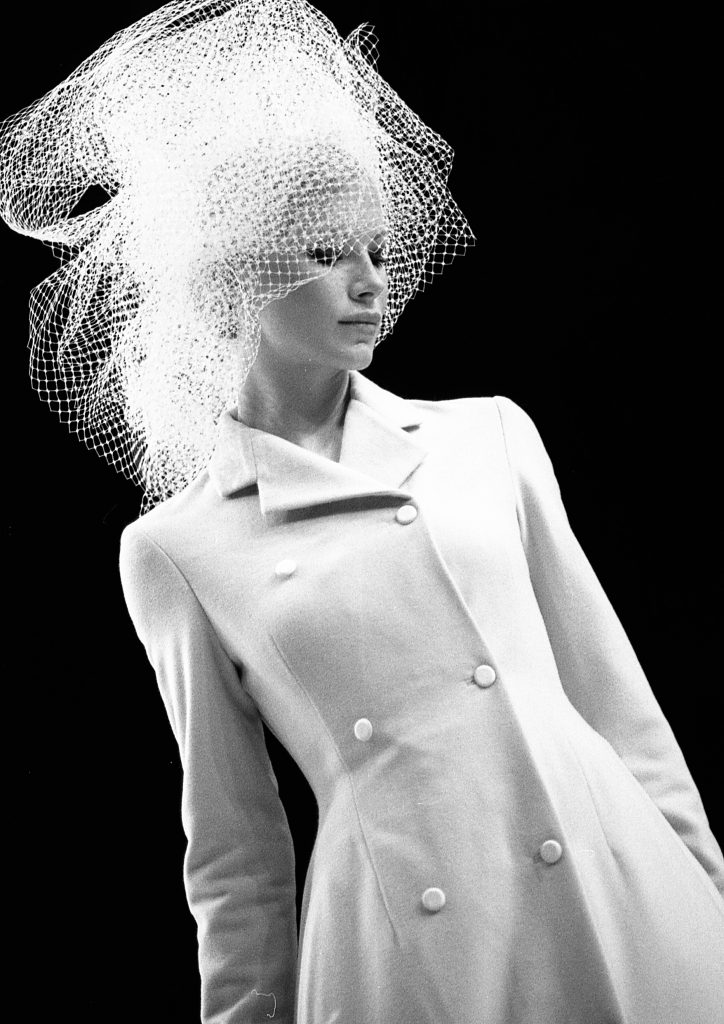
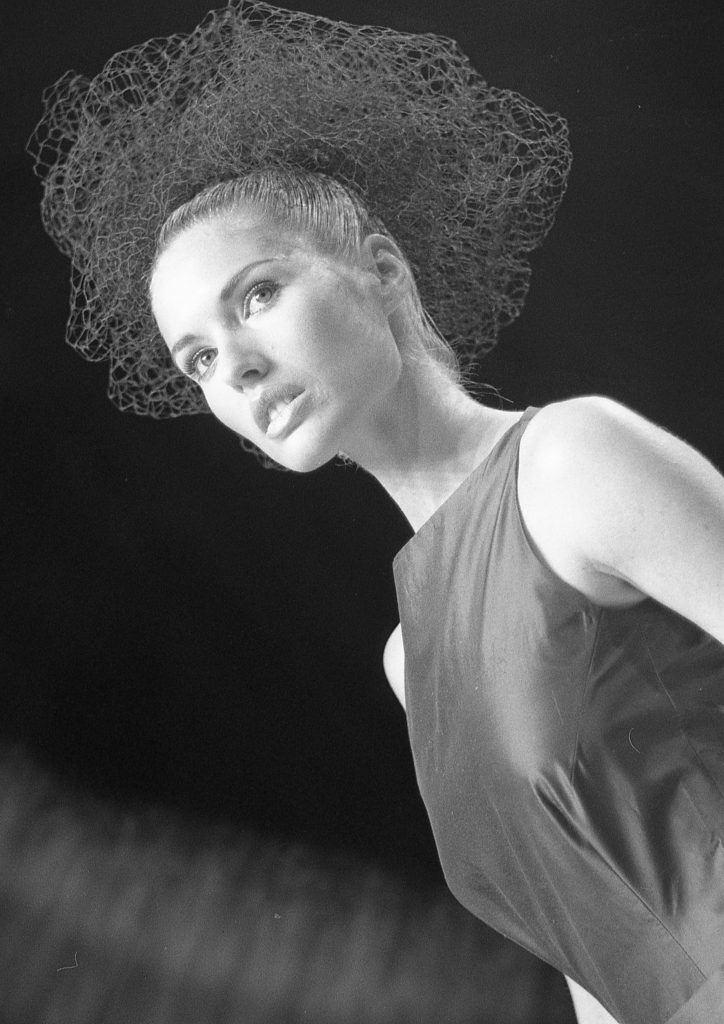
Fashion is pure sociology. Fashion reflects society and how gender, social status, age, culture is represented by individuals and collectives, and how these fashions, styles, looks, or statements are broadcasted by the print media then, social media now. 1993 was the year after the Olympic Games were celebrated in Barcelona and the Universal Exhibition was held in Seville. Both these events represented a milestone in Spanish modern
In 1993 the Spanish Fashion System was heavily institutionalized. Local governments were aware of the positive and cool media gravitas generated by supporting, and financing local runways, as well as subsidizing and financing local designers. One could say that in 1993 Spain was veritably one huge runway, making true the popular saying established in the late 80s – “do you design or do you work?”. Many other cities and autonomous communities joined the fashion show band-wagon. Fashion industry power points Barcelona, as well as Valencia, established their own official runways, with their own local designers, with Madrid and Barcelona actively competing against one another to attract the attention of the international press, recently established fashion magazines as well as the most relevant designers.
In September 1993 Spanish women were combining their Spanish designer fashion with a new high street favorite opened about five years before and quickly growing, ZARA. The high street retailer with its ever-growing network of prime shops had set the path to its outstanding future. We couldn´t even imagine then what the future would hold….
To be continued…
